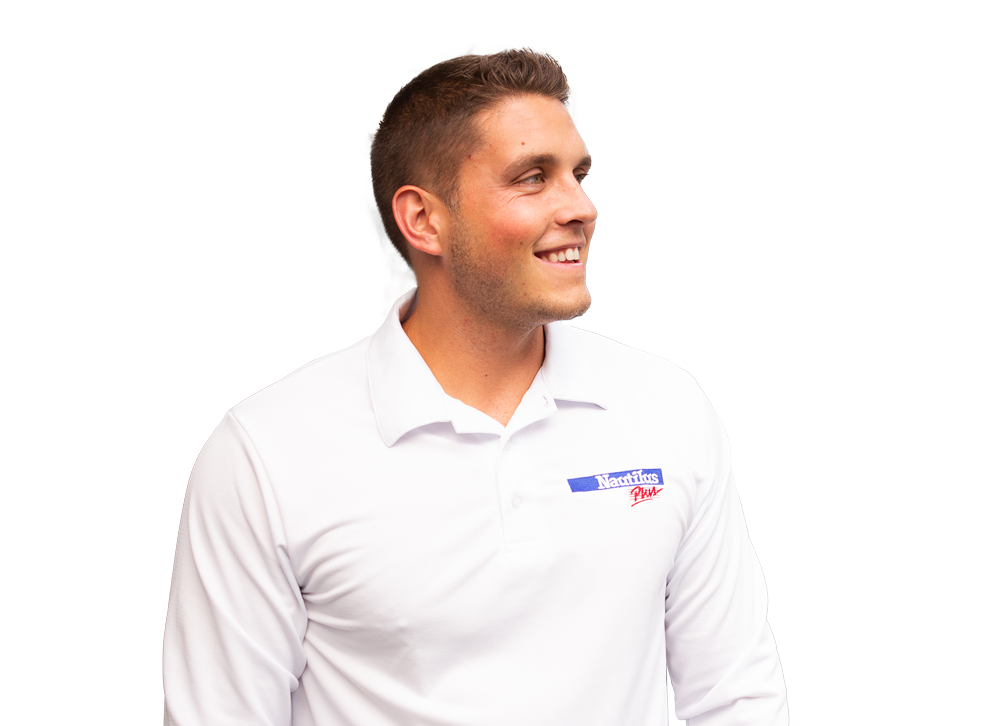
You want to start running? You’ve been running for a while and are experiencing some pain or discomfort? Discover these concrete tips to optimize your running, avoid injuries and make the most of this enjoyable activity!
1- Wear your shoes for running outings only
Running is a succession of impacts that pass first and foremost through your feet, so it’s well worth taking the time to shop around for your shoes! For specific tips, I invite you to read the article ”Choosing the right running shoes” by Karine Larose.
In addition to these tips, I strongly suggest that you do not use your running shoes for other activities. You don’t wear your bowling shoes to play golf? The same principle applies here. Also, don’t rely on the appearance of the shoes to assess whether it’s time to change them. They may still be very clean, but months of use have worn away the absorbent material inside. The lifespan of a pair of running shoes depends on how much running you do. Ask a professional for advice.
2- Practise other activities besides running
Running is a great sport. Once you’ve experienced the runner’s high, you don’t want to do anything else. But the stress of impact on joints, tendons and muscles can easily lead to injury, especially if the volume (frequency and duration) is increased too quickly. It is therefore interesting to replace some running with a non-impact activity such as cycling, swimming, elliptical or hiking. This will not only give your cardiovascular capacity a good workout, but also give your joints a well-deserved break and stimulate your body in a different way. As the weeks and months go by, you can gradually increase your volume, but keep in mind that it’s good to do other things too.
3- Do some strength training
To limit the risk of injury, it is important to have a healthy balance between strength, mobility, stability, and flexibility. Your strength training should include all these components year-round… not just in the “off season”. Target your weaknesses when planning your training. If you are very strong in your legs, but have difficulty standing on one leg, work on your balance first.
Also, don’t just work on your legs. The core muscles, mainly the abdominals and back muscles, will help you maintain good posture throughout your workouts. The arms and shoulders are also involved in the running motion…try running WITHOUT moving your arms…looks and feels a little awkward and isn’t very effective as the swinging of your arms helps stabilize the entire body while running.
4- Think technique
We’re all different, so no two people run the same way. However, here are some general technical points to help you:
- Hit the ground with the ball of the foot to limit impact. Yes, there are some very high-level runners who hit the ground with their heel, but for most people it is safer to do so with the ball of the foot.
- Take small steps when running. You’re more likely to land with your leg underneath your body. To achieve this, try to keep your stride at 30 steps per 10 seconds.
- Keep your abs slightly contracted to stay upright. To guide yourself, contract your belly as much as possible, as if someone is going to punch you in the gut. Reduce that contraction by half…and again by half. This is the feeling you want to maintain while running.
- Keep your arms at your sides with your elbows bent at about 90 degrees. Swing your arms back and forth. Try not to send the elbows out to the sides. We want to limit the amount of rotation in the torso.
- Keep your shoulders relaxed! Watch them as you run. Are they up by your ears? Relax.
- Don’t tense up. Relax your jaw, shoulders, and hands.
5- Warmup and cooldown
All your runs should start with a warmup and end with a cooldown. Many people leave the house, turn on their music and start running immediately. I recommend walking for a few minutes before you start running and gradually increase your speed. This way, you give your cardiorespiratory system and your muscles time to adapt to the effort. It may also be appropriate to do some dynamic stretching, mobility exercises or exercises to activate postural muscles in your warm-up.
Calming down is equally important, especially if your session was intense. Take a few minutes to walk around and slow your heart rate and breathing. This is also a good time to do some passive stretching, yoga poses or breathing exercises.
6- Have fun!
The only way to stay motivated is to practice a sport/an activity that you enjoy. Don’t run to punish yourself for the previous day’s excesses, run to be in the moment and to take time for yourself.
Finally, whether you want to work on your technique, prep for a specific event or to assist you in designing a plan that suits your strengths and weaknesses, call on the services of a kinesiologist!
Source :
Harvey, Jean-François (2013). Courir mieux, Montréal: Les Éditions de l’homme, 311 pages
6 tips to avoid running injuries is a post from Nautilus Plus. The Nautilus Plus blog aims to help people in their journey to fitness through articles on training, nutrition, motivation, exercise and healthy recipes.
Copyright © Nautilus Plus 2023

A session with a personal trainer will help you to progress!

Let's determine your fitness goals together and get some expert advice!
Make an appointment with a personal trainer

